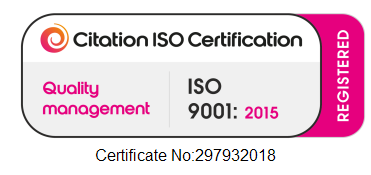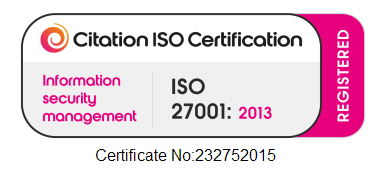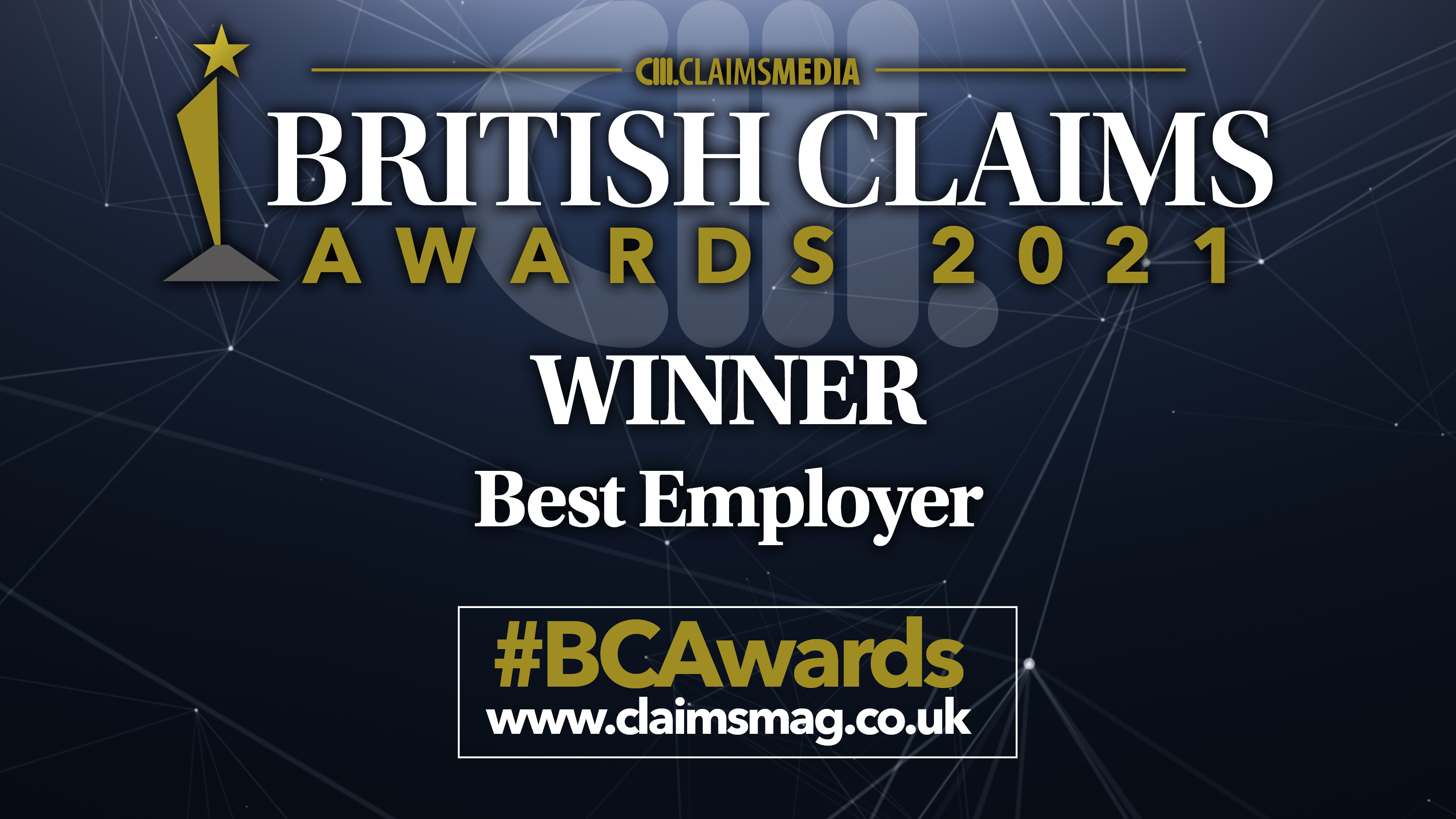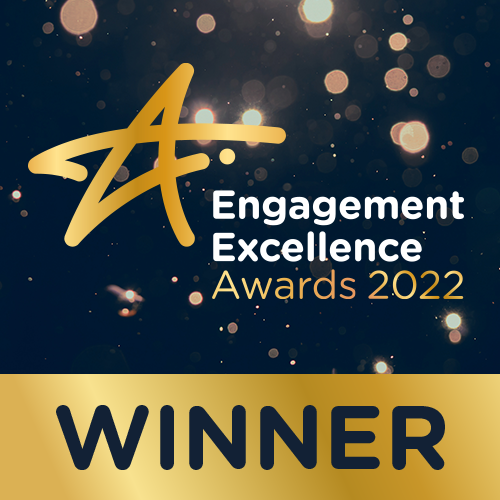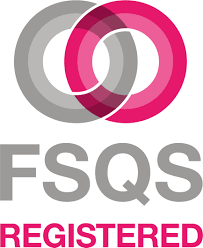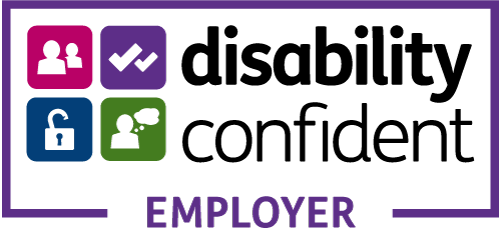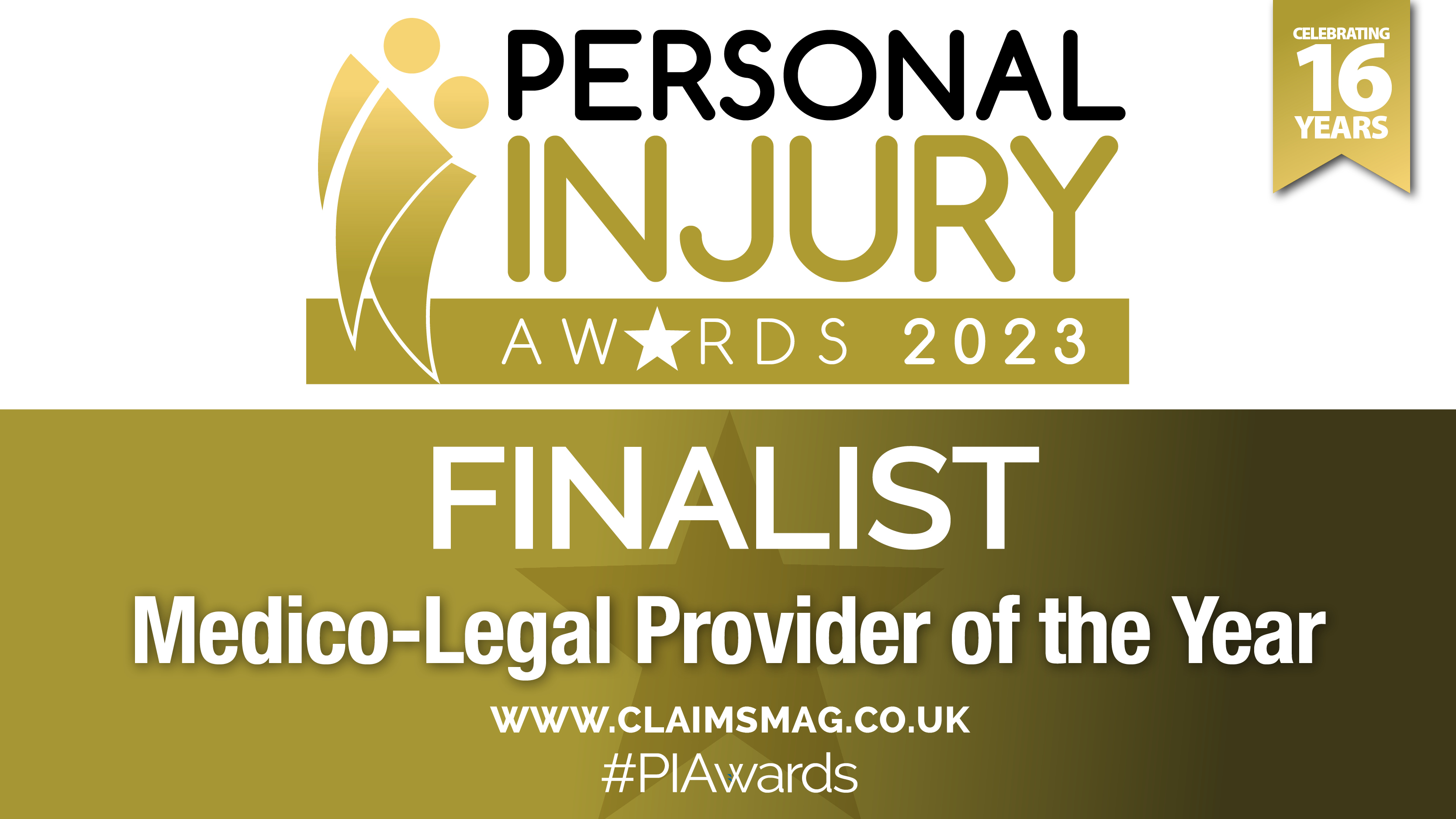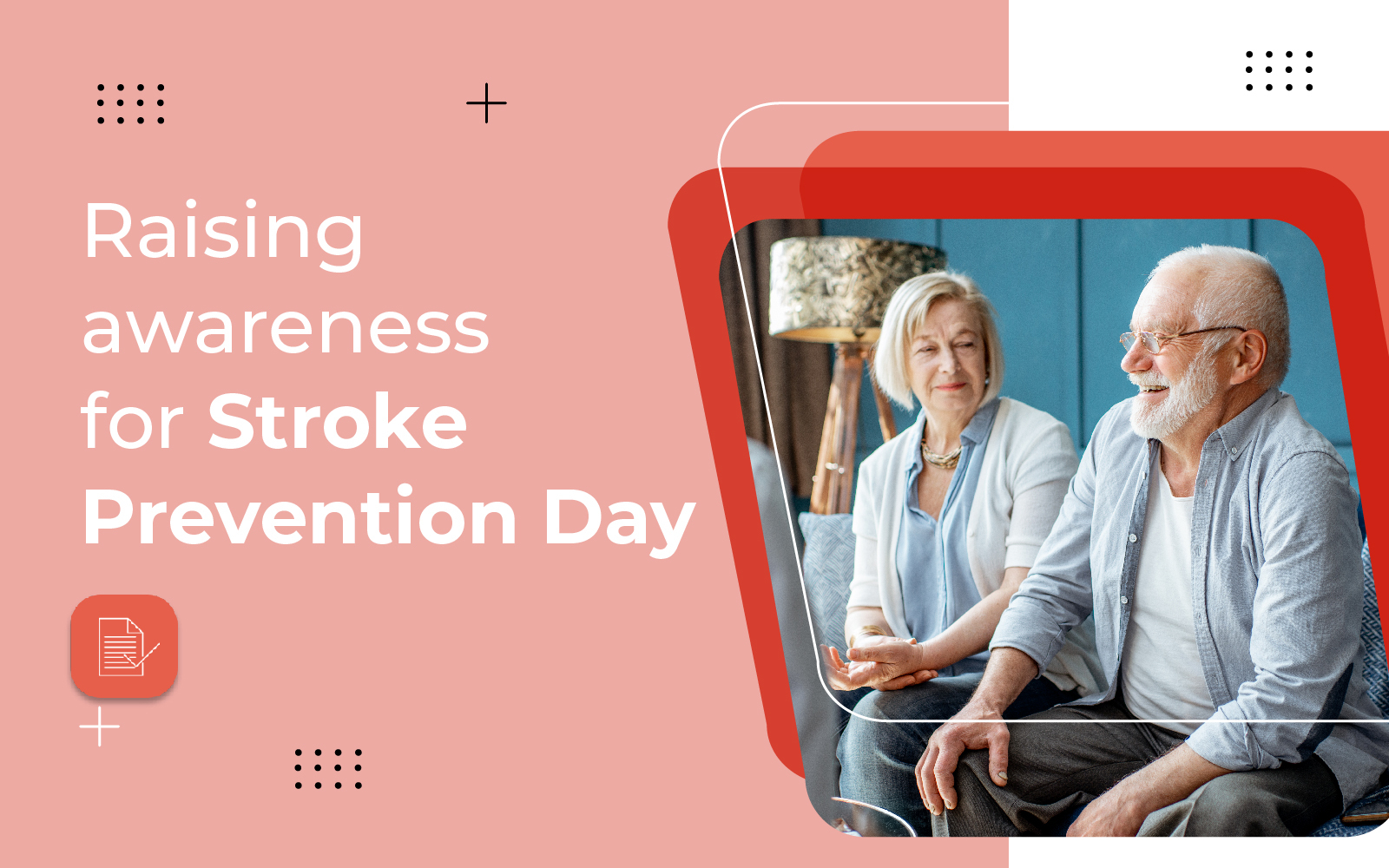
17 Jan 2024
Raising awareness for Stroke Prevention Day
A stroke is what happens when the blood supply to part of the brain is cut off, killing brain cells or damaging the brain to the point it effects how the body works. Strokes can also change how people may think and feel, and the effects can differ on both where it takes place in the brain, and how big the damaged area is.
What is the purpose of Stroke Prevention Day?
Stroke Prevention Day is ran and hosted by the Stroke Association, whose primary purpose is to support people to rebuild their lives after a stroke.
The Stroke Association believe everyone deserves to live the best life they can after a stroke, and so provide specialist support, fund critical research and campaign to make sure people affected by stroke get the very best care and support to rebuild their lives.
When is Stroke Prevention Day?
Stroke Prevention Day 2024 will be held on Thursday 25th January, with this year’s theme being to teach people how to check for atrial fibrillation (AF).
AF is a heart condition, and it’s when your heart beats with an irregular rhythm. When this happens, the heart will not empty all of the blood out of its chambers with every beat, and as result, the leftover blood can form clots which travel from the heart into the brain, blocking off blood flow and causing a stroke.
Atrial fibrillation can happen to anyone at any age, and in actual fact, many people live with it and may not even know about it, so Stroke Prevention Day 2024 will be a worthwhile resource to help raise awareness of what to look out for.
Are all strokes the same?
No, there are three main types of stroke:
- An ischaemic stroke is the most common type, and it is caused by a blockage cutting off the blood supply to the brain
- A haemorrhagic stroke is caused by bleeding in or around the brain
- And a transient ischaemic attack (TIA), which is also known as a mini stroke. This is the same as a stroke, except that the symptoms only last for a short amount of time because the blockage that stops the blood getting to the brain is temporary.
What are the most common causes of a stroke?
As we age, our arteries become harder and narrower, therefore making them more likely to become blocked. However, certain medical conditions and lifestyle factors can speed up this process and increase the risk of having a stroke, such as diabetes, heavy smoking, high alcohol consumption and hormonal birth control pills, as well as high blood pressure, which is the biggest single risk factor above all else.
Do all strokes occur naturally?
No, not always.
Strokes can sometimes occur following severe trauma or injury, for example, those sustained following a road traffic accident or fall. With this, head trauma specifically can increase the chances of having a stroke by weakening the blood vessels and or disrupting blood clotting function in the brain, and neck injuries can cause arteries in the neck to get cut or torn, leading to abnormal blood flow and clotting and therefore a higher stoke risk too.
Unfortunately, a stroke may also occur due to clinical negligence, where an opportunity to prevent a stroke is missed altogether. For example, where someone has expressed to their GP hospital that they have suffered symptoms of a TIA, but have not been prescribed aspirin or referred for further investigation, therefore resulting in a major stroke shortly afterwards.
How might suffering a stroke affect a person's life?
For some people, the effects of a stroke may be relatively minor and may not last long at all, whereas others may be left with more serious problems that make them dependent on other people for the rest of their lives.
Today, strokes are increasingly survivable thanks to advances in treatment and public health campaigns targeted at early diagnosis, but according to the Heart Disease and Stroke Statistics – 2022, up to 50% of survivors experience chronic disability, with many needing assistance with daily activities, and even higher for those who have suffered a stroke as a result of an accident in the first place.
Stroke is in fact a leading cause of long-term disability, but it’s important to recognise that not everyone who has a stroke will experience paralysis or weakness. According to the Centers for Disease Control and Prevention (CDC), whilst strokes lead to reduced mobility in over half of stroke survivors aged 65 and over, the long-term impacts of a stroke vary on various factors, such as the amount of brain tissue affected, and the area affected. Damage to the left brain, for example, will affect the right side of the body and vice versa.
If the stroke occurs in the left side of the brain, effects may include:
- Paralysis on the right side of the body
- Speech and language problems
- Slow and cautious behaviour
- And memory loss
Whereas if it affects the right side of the brain may include:
- Paralysis on the left side of the body
- Vision problems
- Or quick and inquisitive behaviour
However, whilst modern medicine and technology continues to advance, a new emerging form of treatment for various neurological conditions, including Alzheimer’s disease, Parkinson’s disease and now strokes, has come to light as an effective option for the particular aftercare of motor issues: deep brain stimulation.
Deep brain stimulation in stroke rehabilitation
Deep brain stimulation (DBS) is a surgical procedure where a device is implanted under a persons’ skin and sends electrical impulses into specific brain parts. This pulses works to disrupt existing brain signals in a way that can influence more normal brain activity to be restored, therefore helping to restore a persons’ motor functions and control of their own body.
As deep brain stimulation has already been explored as a possible treatment for a number of conditions, a research team has now tested a deep brain stimulation device on human stroke survivors in a first-of-its-kind phase 1 clinical trial.
The researchers discovered that this is a safe intervention, and that upper limb movement in affected stroke survivors improved after a regime combining deep brain stimulation with physiotherapy.
And whilst no serious adverse events were reported during the trial, which does suggest that the process is safe for patients, the study authors do point out that they cannot determine at this stage if the improvements observed in upper limb movement were due to deep brain stimulation or physiotherapy conclusively.
As a result, progressing to a multi-center phase 2 trial has been proposed.
A bespoke post-rehabilitation service for all clients
As the UK’s leading independent medical reporting and rehabilitation provider, we’re proud to deliver service excellence at every touchpoint, and we understand the importance of ensuring your client receives the treatment they need at the utmost convenience for them.
By instructing Speed Medical, your client will have a streamlined recovery journey and feel at ease throughout their treatment.
If you’d like to talk to our experienced team about any of our other services, please get in touch.
